Featured
2015 Chevy Colorado And GMC Canyon Fuel Economy Ratings Are Far From Game-Changing
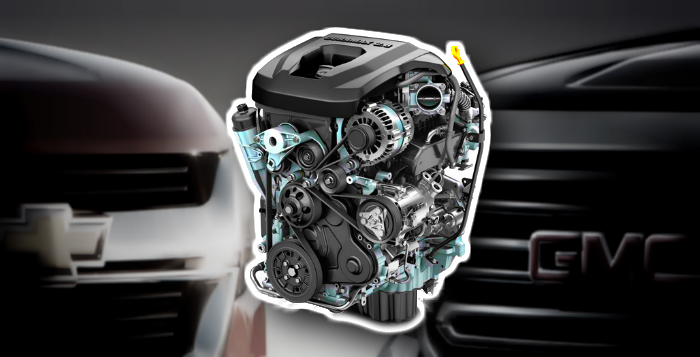
Ever since General Motors announced that the Chevy Colorado and its cousin, the GMC Canyon, would be making their way to the U.S. market in fall of 2014, they have claimed that the pair of pickups will “redefine the mid-size truck.” At first I took the statement with a grain of salt as just about every automaker boasts that their new offerings will indefinitely “change the game” or “redefine the segment,” but just this morning, GM released the official 2015 Chevy Colorado and GMC Canyon fuel economy ratings and it’s now clear to see that their segment-redefining proclamation rings true.
That’s not to say that the Colorado or the Canyon are “changing the game” entirely, however.
Official 2015 Chevy Colorado and GMC Canyon Fuel Economy Ratings
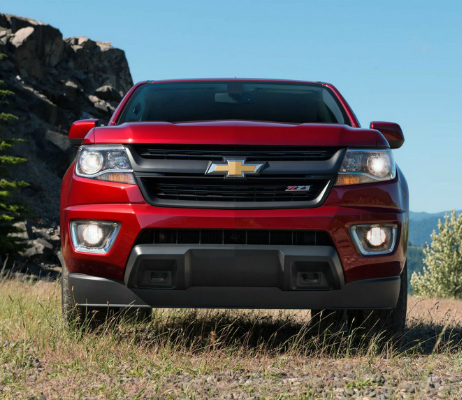
The 2015 Chevy Colorado
When equipped with the 3.6-liter V6 engine—which GM expects to be the top option—the Colorado and Canyon will be able to achieve ratings of 18 mpg in the city and 26 mpg on the highway for a combined rating of 21 mpg. The ratings apply to two-wheel drive models, but somewhat surprisingly, they’re not far off from those produced by those configured with four-wheel drive. With all four wheels at work, both of the pickups are rated at 17 mpg in city driving and 24 mpg on the highway for a combined 20 mpg rating.
Considering the fact that the two-wheel drive variations of the Toyota Tacoma—which is currently the king of the class—is only able to pull in ratings of 17 mpg in the city and 21 mpg on the highway, the numbers of the Colorado and the Canyon seem undoubtedly impressive. The ratings are not only higher than those of the Tacoma but of the Nissan Frontier—another heavy-hitter in the segment—as well.
In fact, the estimated ratings of the 3.6-liter V6 are even competitive with the four-cylinder-equipped models of both the Tacoma and the Frontier, which have combined ratings of 23 mpg and 21 mpg respectively. Official fuel economy ratings for the 2.5-liter four-cylinder that will come standard in both the Colorado and Canyon have yet to be announced, but considering that the engine will fire on two fewer cylinders and will displace nearly a full liter less than the V6 powertrain, the combined rating of the four-cylinder will more than likely surpass the 21 mpg estimate of the six-cylinder.
So, if the ratings are among the best in the class, what, then, is the issue? Well, when you step outside of the mid-size truck segment and take a look at the economy estimations on a broader scale, it’s immediately apparent that the ratings of the Colorado and the Canyon are middle-of-the-road at best.
In even just the past year there has been a massive push for efficiency in the full-size pickup segment. Chevy refined their engines and introduced a slew of new technologies to them, Ram brought a diesel engine into the mix and Ford went aluminum. All of the efforts either have, or are expected to, significantly improve fuel economy of the half-ton offerings.
With power directed exclusively to the rear wheels, the 4.3-liter EcoTec3 V6 of the Silverado 1500 is able to travel up to 18 mpg in the city and 24 mpg on the highway. The ratings are eerily similar to the Colorado which on average, weighs about 880 to 1,400 pounds less than the full-size pickups currently on the market. Official ratings of the 2015 Ford F-150 haven’t been announced yet, but as the aluminum body will cut the overall weight of the best-selling pickup by roughly 700 pounds, it will likely exceed the 17 mpg city and 23 mpg highway ratings achieved by previous generation models.
The tight gap in efficiency is a bit too close for comfort, especially when you consider that the other full-size pickups on the market are able to deliver a more attractive set of capabilities. That’s especially true for the Silverado 1500, which is able to do quite a bit more than the Colorado and the Canyon. It boasts a more impressive power output, as well as a maximum towing capacity that is roughly 5,000 pounds above what the Colorado and Canyon can pull. With the smaller size of the mid-size trucks the lack of power is justified, but the reason as to why the efficiency ratings aren’t more impressive still remains a mystery.
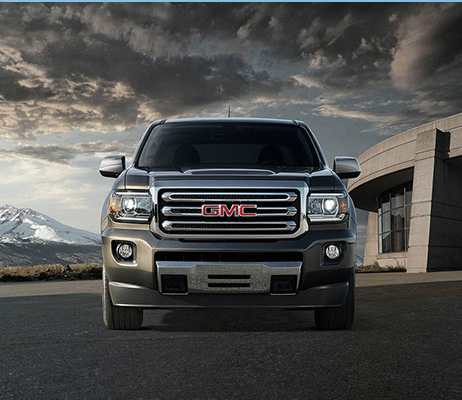
The 2015 GMC Canyon
This is not to say that fuel economy estimates are the only factor in determining whether or not a car or truck revolutionizes the industry. The Colorado and Canyon are set to come stocked with a slew of available new features such as the 4G LTE hotspot that continues to make its way into all of the new 2015 Chevy models, but regardless of what comes standard or available in either of the mid-size trucks, if you ask me, GM’s claim that their set of new trucks will redefine the segment is about one year premature.
According to the automaker, a 2.8-liter, four-cylinder Duramax diesel will be coming to both the Colorado and the Canyon, but unfortunately, it won’t be an option until next year. This is what I’m talking about. This is what will redefine the segment. Neither the Tacoma or the Frontier currently offer a diesel option, and although Nissan has suggested that the Frontier may soon get a Cummins to complement the one found beneath the hood of the 2015 Nissan Titan, the diesel-powered Frontier is still just in the conceptual stages.
On top of being the first to bring a diesel to the nose of a mid-size truck, GM is pushing for a highway fuel economy rating of 30 mpg for the diesel four-banger. The official ratings aren’t likely to be confirmed until sometime next year, but if they’re anything like the automaker is hoping for, there’s no arguing that the Colorado and the Canyon will have a fighting chance at dethroning both the Tacoma and the Frontier.
In short, based on the fuel economy ratings alone, it’s clear that the Colorado and Canyon hold an advantage over their mid-size competitors, and while that can technically be translated to say that they are redefining the segment, in all honesty, neither of the pickups contain anything that we haven’t seen before.
Next year, however, when the Duramax diesel option arrives and makes the Colorado and Canyon the first mid-size trucks to equip a diesel, I will have no problems agreeing with GM’s game-changing claims.
Featured
Ford Continues to Please Minivan-Skeptic Soccer Moms
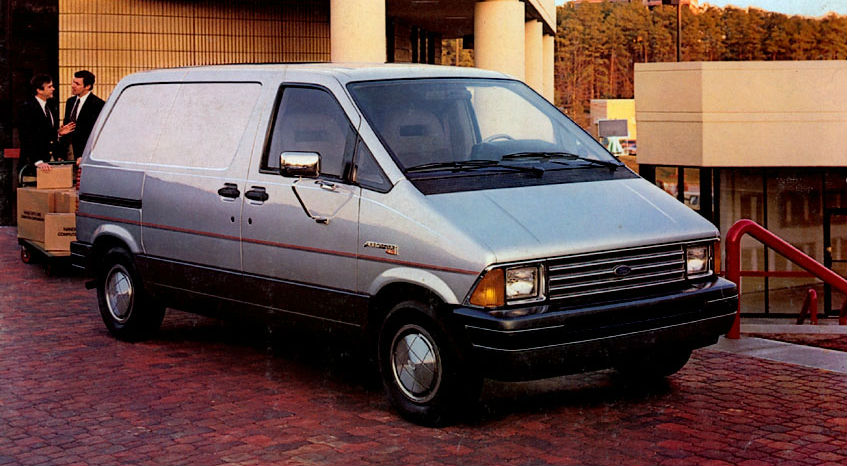
If the words Aerostar, Windstar and Freestar mean anything to you, you know that Ford is responsible for some of the best minivans ever made. Beginning with the first model Aerostar in 1986, Ford’s snub-nosed minivan set the standard of what would be created by automotive manufacturers in this class for decades.
The Aerostar was also the first minivan in the United States to feature upgraded, luxury packages. With an XLT package, and Eddie Bauer trim levels, the Ford Aerostar allowed drivers to bring passengers, cargo and more in style. For the first time, drivers could take advantage of the versatile and reliable minivan platform, without sacrificing comfort and convenience.
Does Ford Still Make a Minivan?
The Aerostar continued in the mid-90s as the Ford Windstar. The Windstar was a complete reinvention, shifting the drivetrain from RWD to FWD, and bringing the flagship minivan more in line with current minivan design. The Windstar became the Freestar in the early 2000s, lasting until the 2007 model year, with the final Ford “Star line” minivan rolling off the assembly line in December of 2006.
While we don’t know for sure what was behind Ford’s decision to discontinue their family-marketed minivan, we can take a guess. For starters, Ford has extended their reputation for reliable cars and trucks into the crossover market. With options covering a wide range of size and seating configurations (everything from the subcompact Ford Ecosport to the boxy family hauler Ford Flex), crossovers have become the new favorite for family vehicles.
Ford’s versatile crossover line has a vehicle that can meet almost any need. Do you have a small family? Go with the popular 2018 Ford Escape. Big family with lots of stuff to haul? The 2018 Ford Expedition has your back.
Although crossovers and SUVs provide some distinct advantages (presence of AWD, higher ground clearance, and uni-body construction), the market for minivans hasn’t completely died, and neither has Ford’s commitment to providing drivers with a competent and compelling option.
Good News: Ford Still Makes a Passenger Minivan
 Although Ford’s marketing has shifted toward promoting their incredible range of crossovers and SUVs as family choices, they still offer a more traditional minivan in the Ford Transit Connect Passenger Wagon. Utilizing the same body construction as the Ford Transit cargo van, the Transit Connect Passenger Wagon features up to 7 seats, and plenty of standard safety and comfort technology.
Although Ford’s marketing has shifted toward promoting their incredible range of crossovers and SUVs as family choices, they still offer a more traditional minivan in the Ford Transit Connect Passenger Wagon. Utilizing the same body construction as the Ford Transit cargo van, the Transit Connect Passenger Wagon features up to 7 seats, and plenty of standard safety and comfort technology.
Lower ride height (easier in and out), sliding doors and greater visibility are among the reasons people still prefer vans for transporting their families. Additionally, the more contoured shape of most crossovers (not looking at you, Ford Flex) means that vans provide better cargo room! Family of four traveling cross-state with three suitcases? A Ford Explorer should be a great option.
Family of six, with a dog and 10 bags going cross-country, however, and the Ford Transit Connect Passenger Wagon starts to look a lot more up to the job.
Ford has a sterling reputation across the spectrum of vehicles they manufacture. Although the Transit Connect Passenger Wagon isn’t among their more well-known, it’s among the most competent and best value options in the minivan class.
Featured
I Wasn’t Always a Dale Jr Fan – But Now I Get It
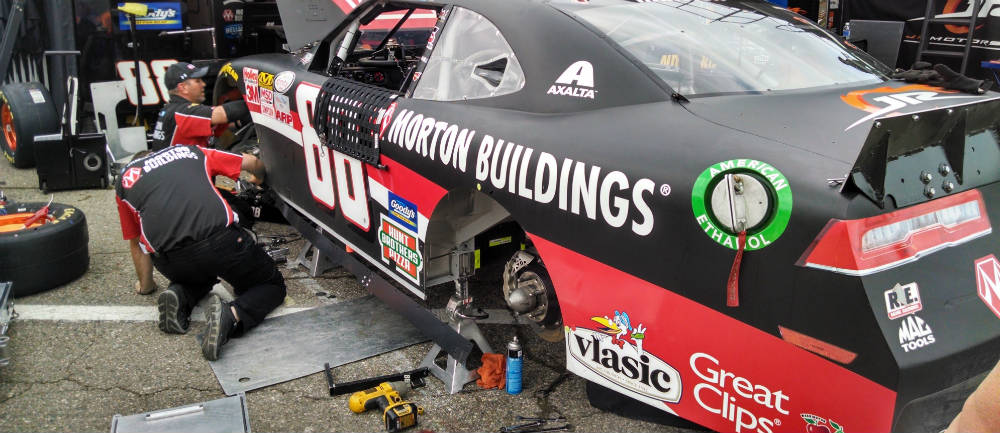
It was the crowning moment of the career of Nascar’s most popular driver. The 2004 Daytona 500. The chosen son, Dale Earnhardt Jr, had won the race that his father tragically died competing in only three years earlier.
Reports of the day say that everyone in the crowd was on their feet, cheering. Grown men were in tears. It was quite the moment, they say.
Well, I can tell you that there was at least one person that wasn’t cheering. That’s because I was that lone defector. (more…)
Featured
The Essence Of 90’s Chevy Truck Commercials

If you ever watched television for more than an hour at any time during the 90’s, you probably remember Chevy’s “Like a Rock” commercials. They aired on just about every channel, so they were pretty hard to miss—and pretty hard to forget as well. Even two decades later the sound of Bob Seger belting out those now-famous words is still shockingly memorable. (more…)
-
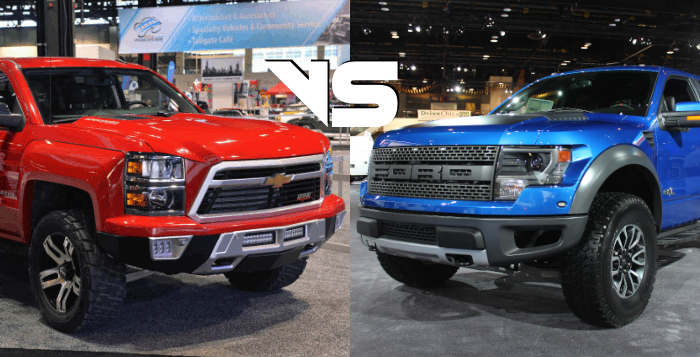
 Comparisons10 years ago
Comparisons10 years agoFord Raptor Has No Reason To Fear The Reaper
-
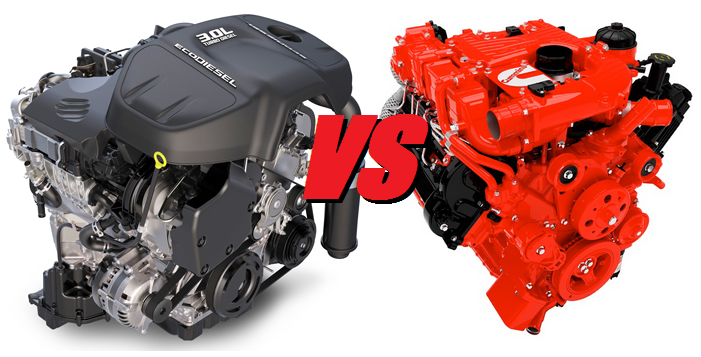
 Comparisons10 years ago
Comparisons10 years agoNissan Titan Diesel Gets Ram 1500 EcoDiesel’s Sloppy Seconds
-
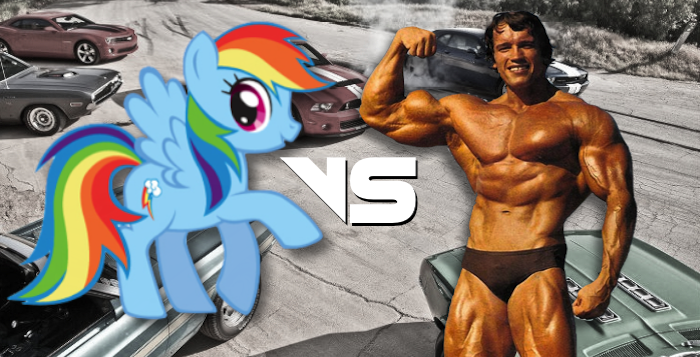
 Comparisons10 years ago
Comparisons10 years agoSettling The Debate: Pony Cars vs. Muscle Cars
-
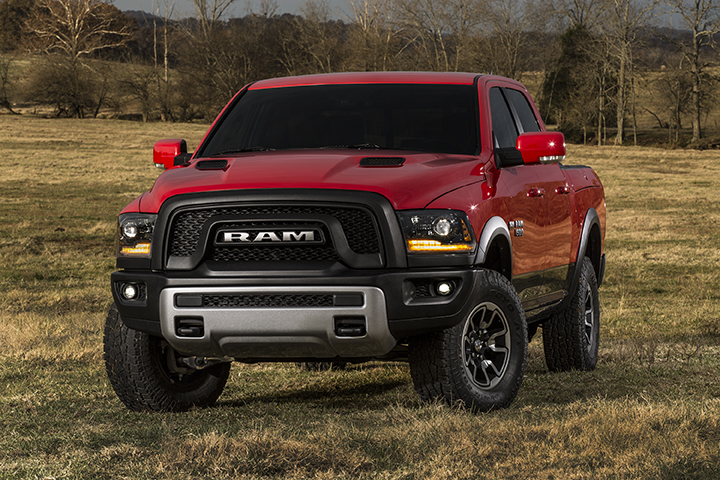
 New Cars9 years ago
New Cars9 years agoThe Ram Rebel Is Coming – But Is It Raptor Competition?
-
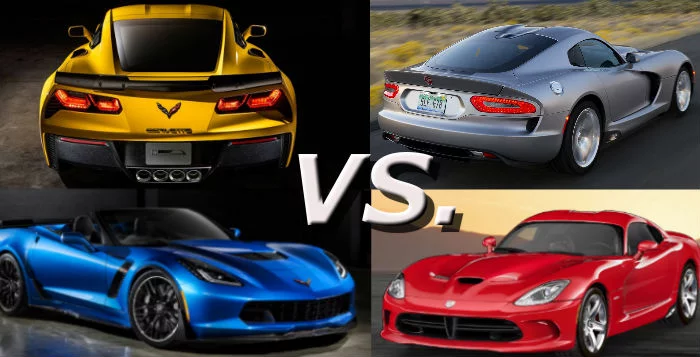
 Comparisons10 years ago
Comparisons10 years agoDid The 2015 Corvette Defeat The Viper In The Battle For Supercar Supremacy?
-
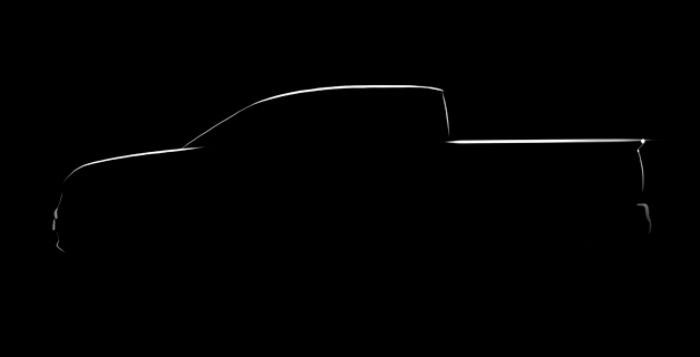
 New Cars10 years ago
New Cars10 years ago2016 Honda Ridgeline Will Need More Than Design Tweaks To Succeed
-

 Hot News10 years ago
Hot News10 years agoNissan Unveils Overhauled Maxima in Genius “Luxury Restored” Sequel
-
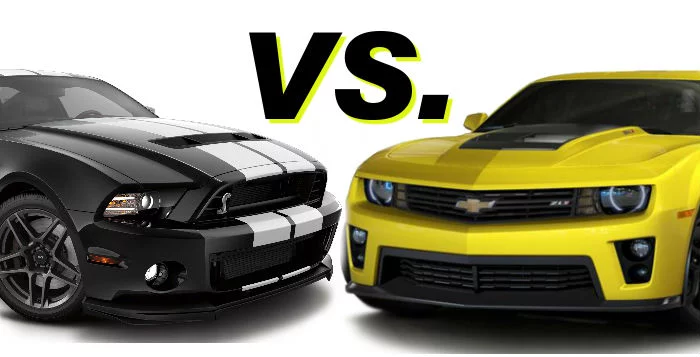
 Comparisons10 years ago
Comparisons10 years ago2016 Ford vs Chevy Battle Could Be The Best Yet

